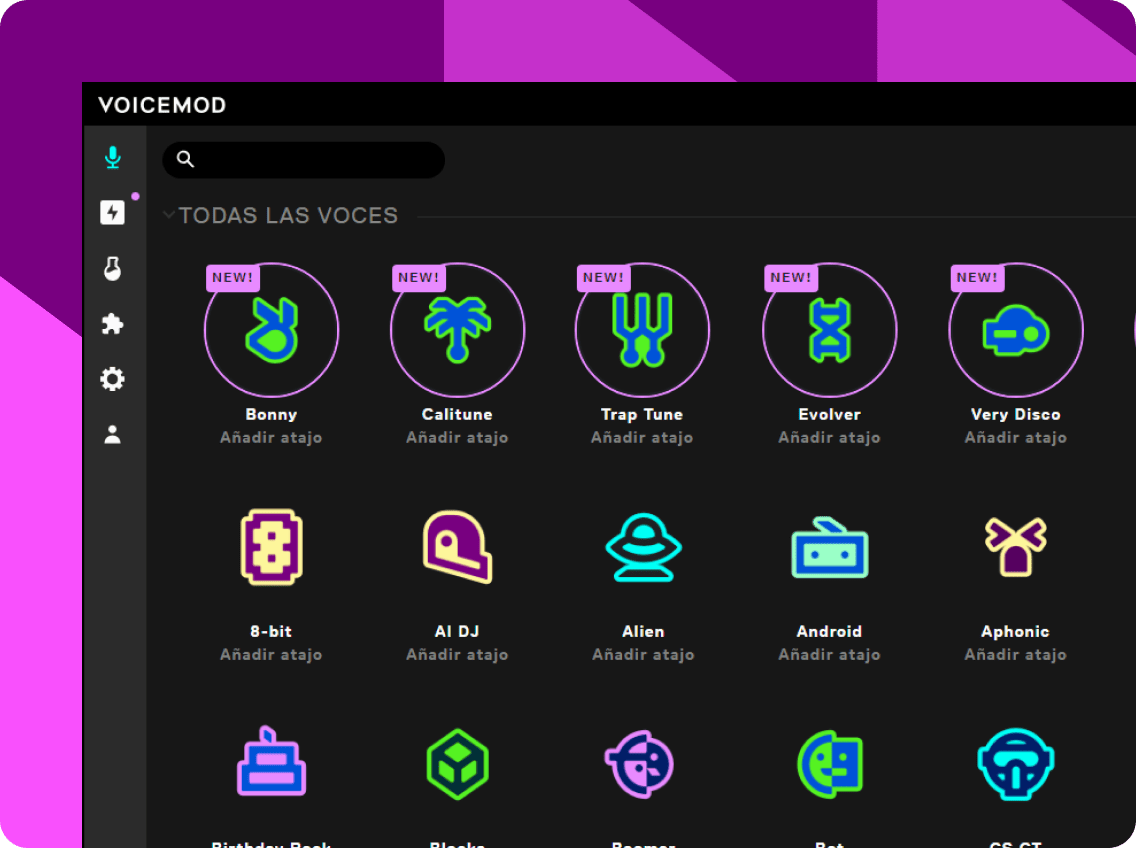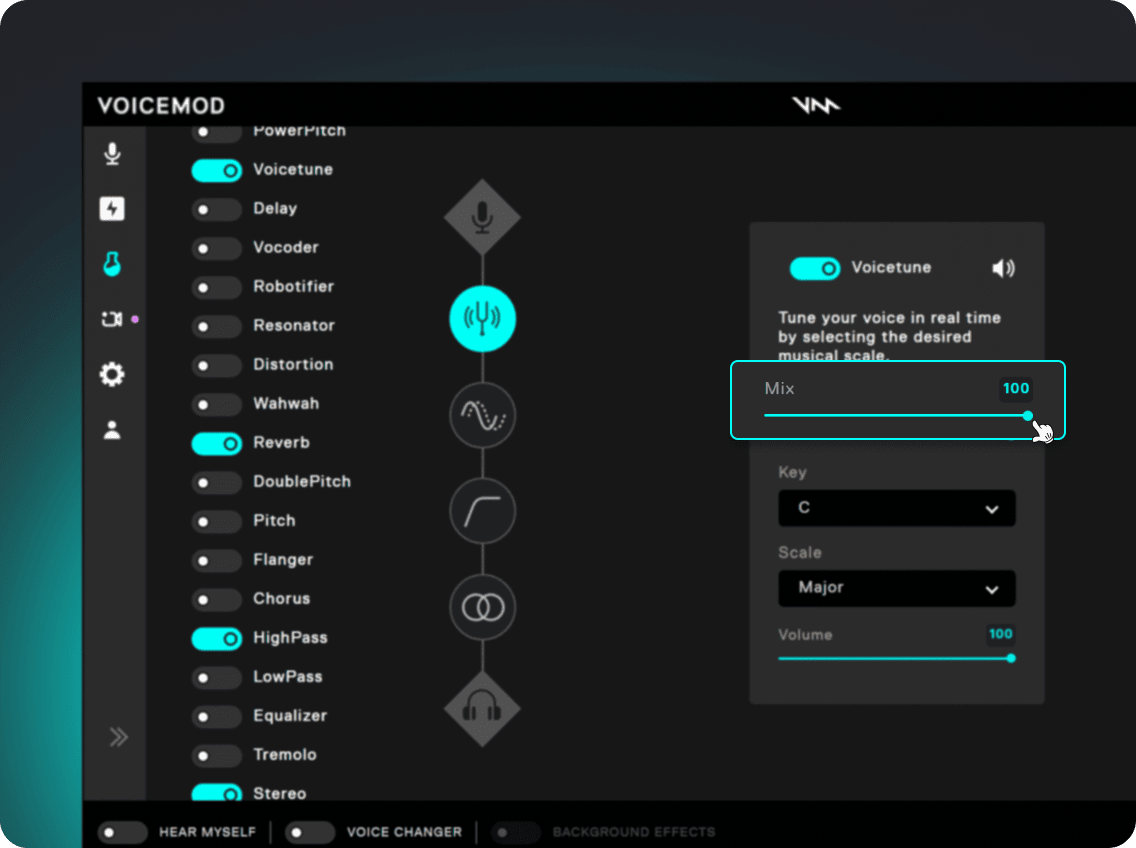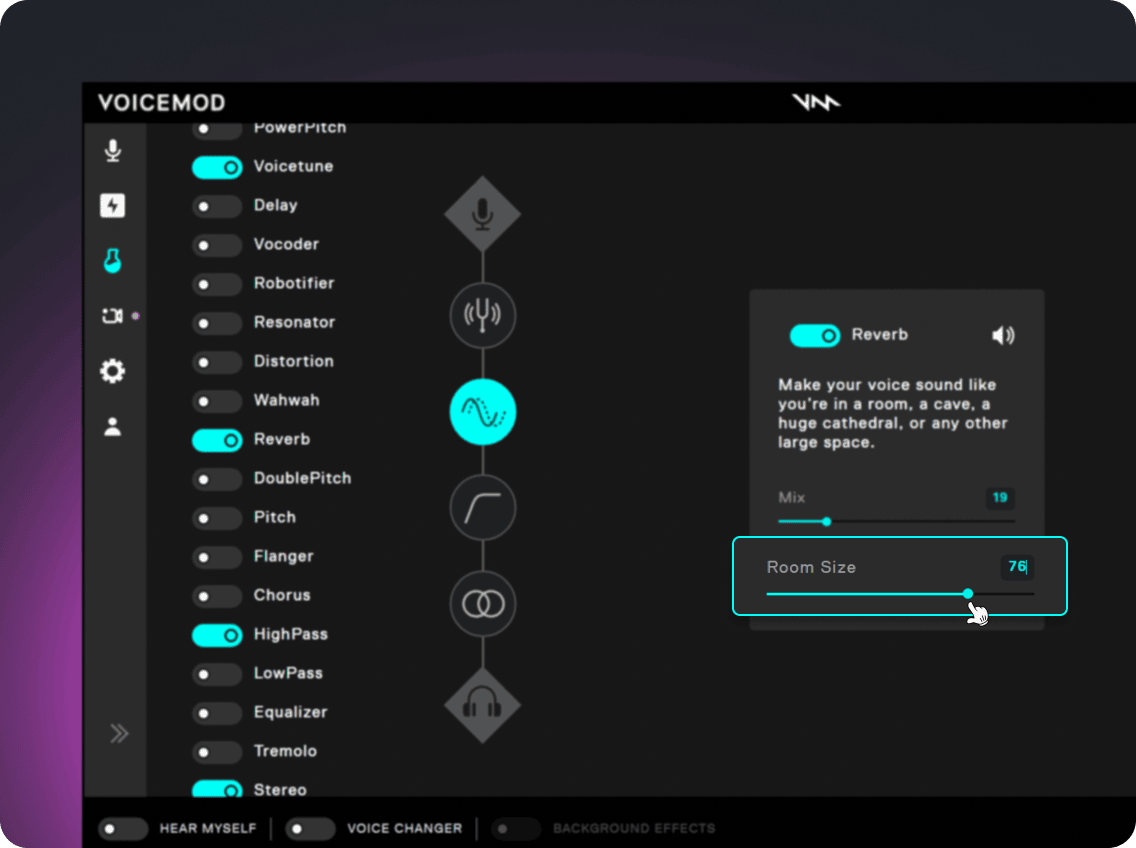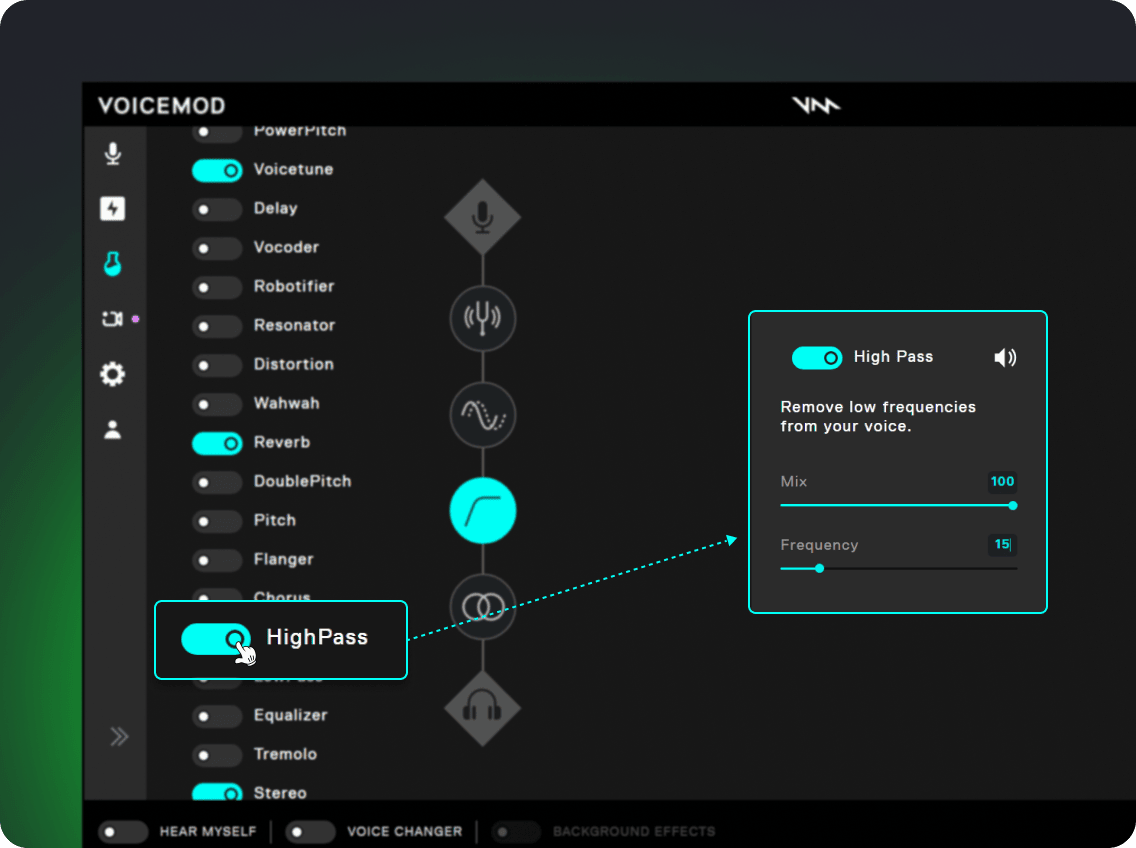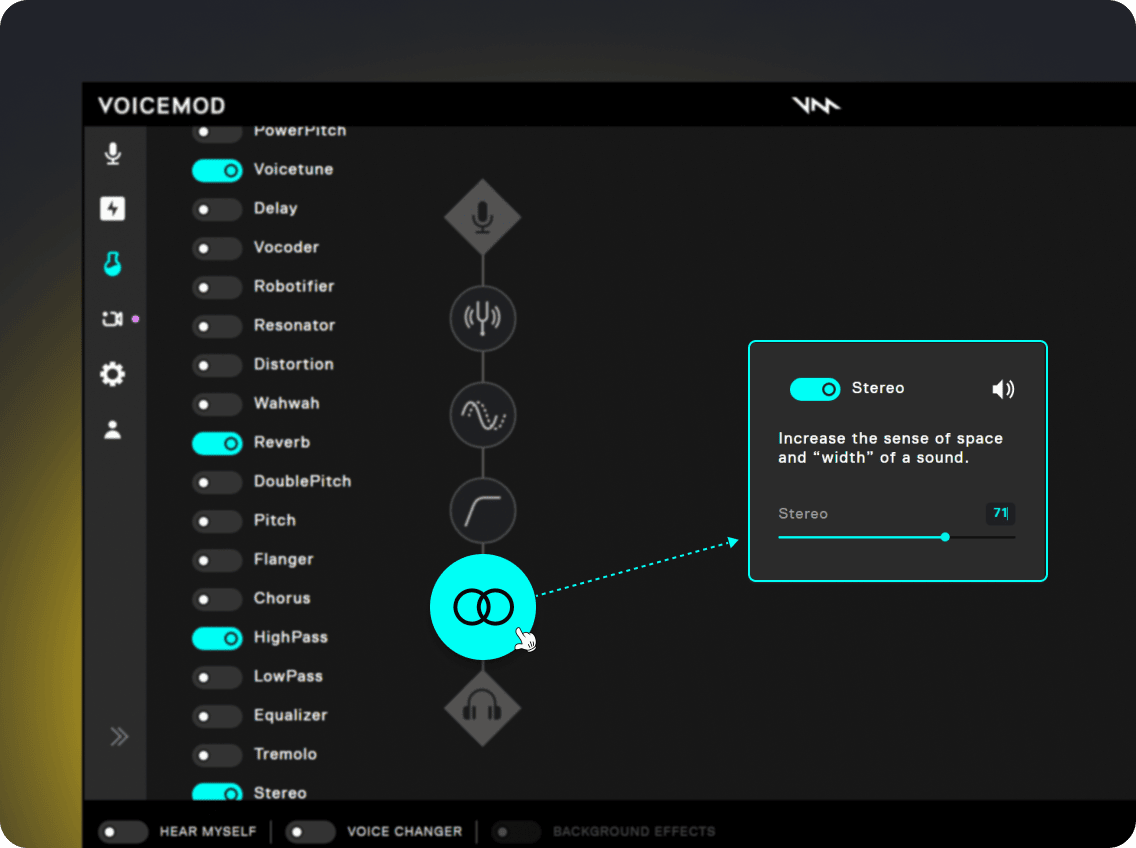If your childhood dream was to be a singer when you grew up, join the club. If your childhood dream still is to become a singer, then literally… join our club. There are plenty of tips and tricks out there to learn how to sing — exercises that focus on your posture, learning to breathe from the diaphragm, training your ear, practicing scales. But if you’re looking for that one thing that’s going to give you a superstar edge, that’s when our AI voice-changing technology comes in.
Spice up your live streams, videos, or gaming moments with our cutting-edge voice effects, to instantly tune your voice in real-time. And if you’re asking yourself, “isn’t using a voice tuner cheating,” don’t sweat it. Most pop and trap stars out there are already using autotune anyways. That being said, take a look at how to sing like a professional singer using Voicemod.
Side note: For those of you who just want to know how to sing and remix songs like a minion, we’ve got you covered with our Banana voice filter in our desktop app. See the video below for our viral “Banana Don’t Jiggle Jiggle” song to see what we’re talking about:
@voicemod Banana don’t Jiggle Jiggle #Minions #minionsriseofgru #minionssong #jigglejiggle #Voicemod #fypシ #TiktokUsa ♬ Banana Dont Jiggle Jiggle – Voicemod 🎙
Good news: You don’t need any technical or musical knowledge to take your singing to the next level with Voicemod. Here are five voice effects in the Voicelab feature of our desktop app that we recommend you experiment with to start singing like a celebrity musical artist:
In addition to these effects, you also have a nifty, powerful vocal tuner inside Voicelab, which lets you tune your voice with effects like Reverb, Delay, Vocoder, and much more. Now you can create endless musical voices to suit your taste.
Read here about our Voicemod Voicetune effects.
Follow these steps to start singing like a pro with Voicemod:
For even more fun, we recommend using the music in the background, with no singing – singing on top of another voice, even at low volumes, is more difficult. You can even record yourself with Audacity or another similar free audio software and then listen back to your performance.
Whether it’s Ariana Grande, The Weeknd, Justine Bieber, Billie Eilish, or whoever else you want to sound like, you can start performing songs like a full blown pop star with our voice changer. We’re going to show you below how to use the Voicelab using an example of a song in the key of C:
Step 1: Go to Voicelab and activate Voicetune from list of effects. Select “C” as Key and “Major” as scale.
💡Tip: For that typical autotune-like effect, set the “Mix” control to the max.
Step 2: Add some dimension and depth to your voice using reverb. For this example, we’re going to aim for a decently-sized virtual space, so we’ll set “Room Size” between 70 and 80.
💡 Tip: Using too much reverb will make it hard to understand words. The secret is to bring it in gradually (with the mix control) so it sounds natural and exciting without being too distracting.
Step 3: We don’t need all those rumbly frequencies, right? Get rid of them by using the High Pass filter.
💡 Tip: Removing lower, unnecessary frequencies from a sound helps to avoid distortion and achieve better clarity.
Step 4: Stereo effects are fun, but easy to overdo. So let your ears be the judge. And that’s it! You’re ready to test out your new superstar vocals.
So there you have it: How to make your voice sound good when singing. All that’s left to do now is to download Voicemod and start experimenting with your sound until you hit that note just right.
